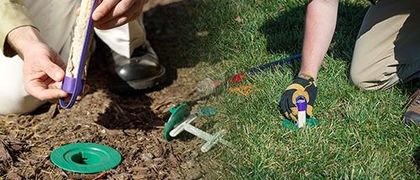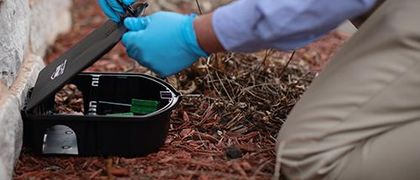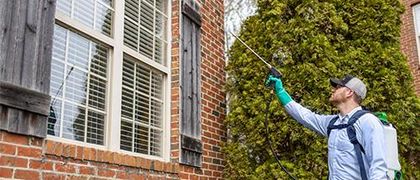A Homeowner's Guide to Rodents in Missouri
If you’ve heard scratching in the attic or spotted chewed-up food packaging in the pantry, you might be dealing with rodents. In Missouri, where grasslands meet woodlands, rodents are more than just a nuisance; they're part of everyday life. Knowing what types of rodents to watch for and how to protect your home can save you a lot of headaches down the line.
Missouri’s mix of urban hubs, farmland, and forested areas creates an ideal environment for rodents to thrive year-round. From city rats in Kansas City to field mice in rural counties, these pests adapt easily and often go unnoticed until they’ve already caused damage. Understanding which species are most likely to show up, and how they behave, can help you take quick, effective action to protect your home.
This guide covers the most common rodents found in Missouri homes and yards, how to identify signs of an infestation, and practical steps for rodent control.
Key Takeaways
- House mice and Norway rats are the most common indoor rodents in Missouri.
- Rodents can spread disease and cause serious damage to homes and lawns.
- Watch for signs like droppings, gnaw marks, and nighttime noises.
- Seal entry points and keep outdoor areas clean to prevent infestations.
What are the most common rodents in Missouri?
Missouri’s landscape supports a surprising variety of rodent species. Some dig burrows, others sneak into attics, and some barely ever come near a home. Here's a breakdown of the usual suspects:
1. House mouse
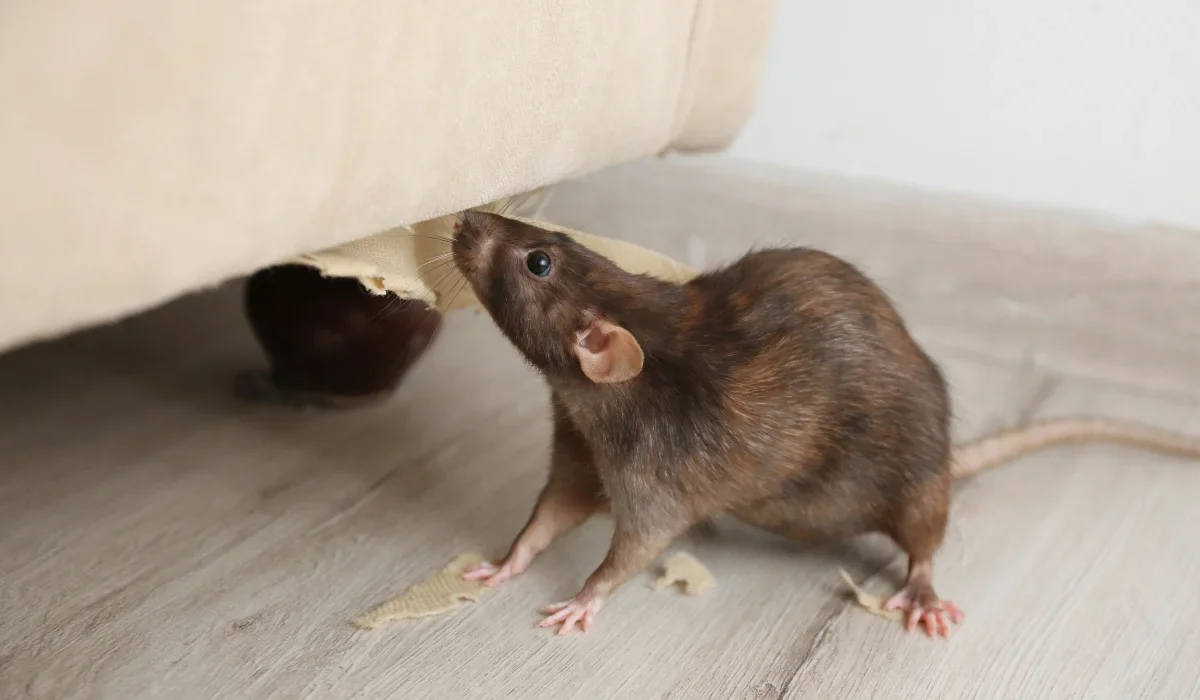
Tiny and grayish-brown with big ears and small eyes, the house mouse is the rodent most likely to show up indoors. These mice breed quickly and leave behind droppings and urine trails, usually near food storage or along baseboards.
2. Deer mouse

Often found in garages, sheds, and crawl spaces, deer mice are bi-colored, brown on top and white underneath. While they look harmless, they’re known carriers of hantavirus, especially in rural areas.
3. Norway rat
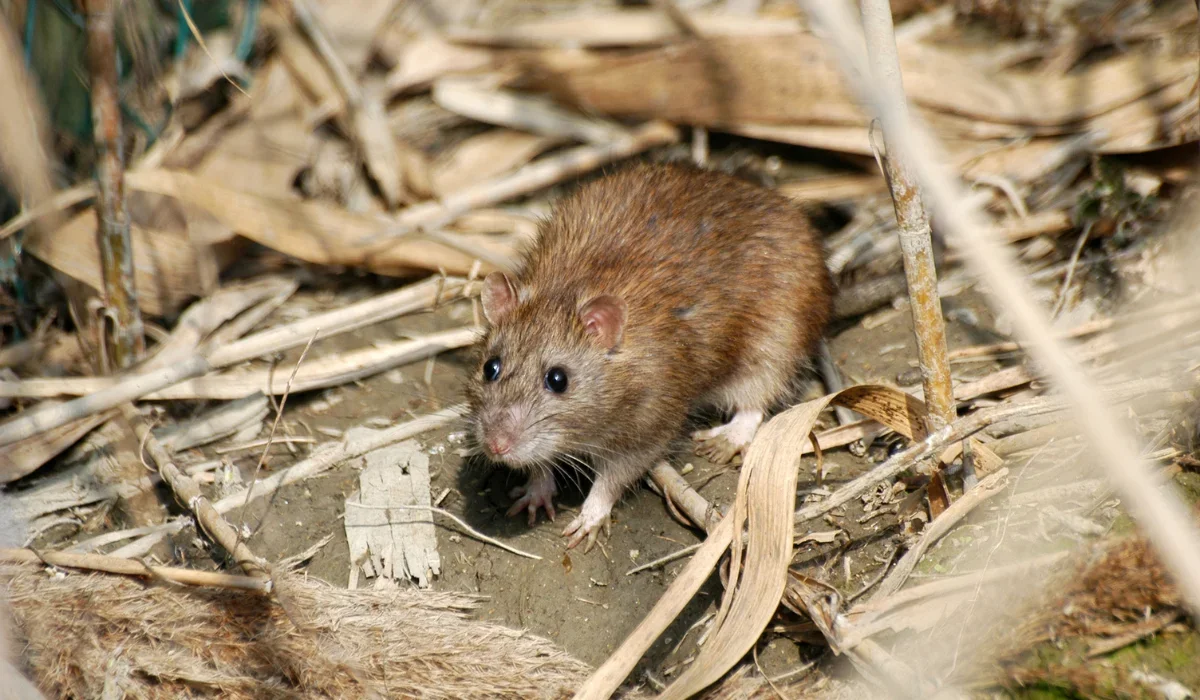
Larger and stockier than mice, Norway rats are common in cities like St. Louis and Kansas City. They burrow in basements and foundations, chew through walls, and contaminate food sources.
4. Roof rats
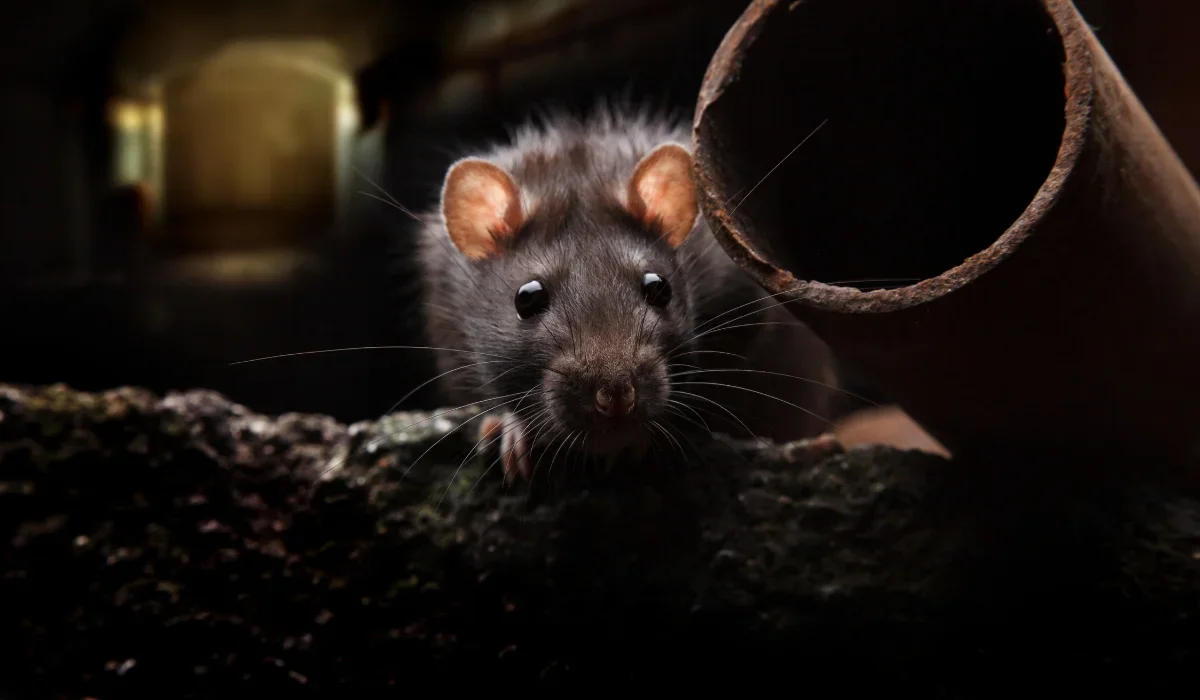
Also called black rats, roof rats are more agile than their Norway cousins. They're excellent climbers and often nest in attics or high places, leaving behind oily rub marks and gnaw marks.
5. Voles
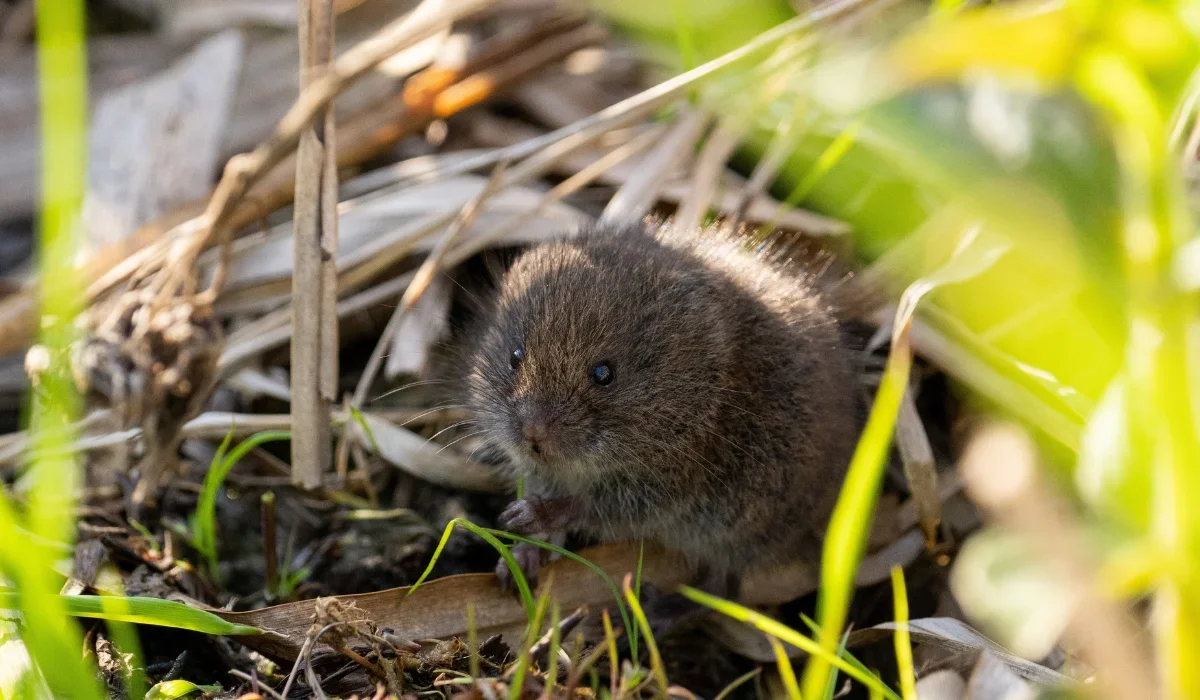
In grassy or wooded areas, voles (like the meadow vole and prairie vole) create surface runways and burrows. These small rodents are herbivores that can damage landscaping and garden plants.
6. Muskrats, chipmunks, woodchucks, and beavers
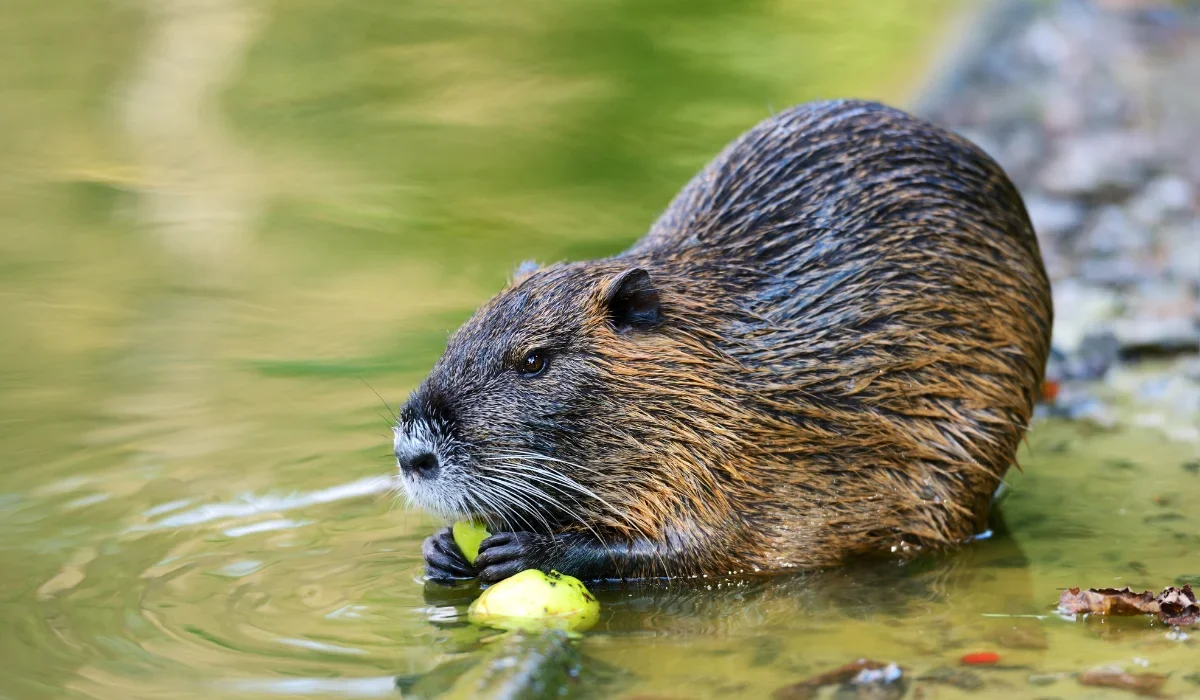
These larger rodents are usually found near water or wooded areas. While muskrats and beavers can affect property with their burrowing and dam-building, chipmunks and woodchucks (groundhogs) are more likely to dig under decks, sheds, or patios.
Signs of rodent activity
Most rodent infestations start subtly. Here are a few early signs to look for:
- Droppings: Small pellets near food or along walls.
- Gnaw marks: On wiring, baseboards, and food containers.
- Burrows and runways: Voles and gophers often leave visible runways in grasslands or gardens.
- Sounds in the walls or attic: Especially at night, when rodents are most active.
- Grease marks: Left by rodents brushing against walls or baseboards.
If you’re seeing one or more of these, you’re likely dealing with rodent problems.
Why rodent infestations matter
Besides being unsettling, rodents can cause real damage. Mice and rats chew through insulation, wires, and wood. Outdoors, voles and gophers can ruin lawns. Some rodents carry diseases like hantavirus or parasites like fleas, which can affect pets and people alike.
Rodent issues tend to escalate fast. A couple of mice can turn into dozens in a matter of weeks. And because many rodents stay active year-round, especially indoors, infestations don’t always die down with the seasons.
How to prevent and control rodents in Missouri
Here’s how homeowners in Missouri can get ahead of rodent issues:
Exclusion
Seal up entry points around your home. That includes cracks in the foundation, gaps under doors, and holes around plumbing or wiring. Don’t underestimate how small an opening a house mouse can squeeze through.
Habitat management
Keep grass trimmed and remove clutter or debris near your home’s foundation. Don’t let bird seed, pet food, or open trash become a free buffet. If you live near water or wooded areas, monitor for burrows and signs of larger rodents like muskrats or groundhogs.
Traps and baits
Snap traps can be effective indoors for house mice and roof rats. Use caution if you have pets or children. Bait stations may help in garages or basements, but they’re best placed by professionals who can monitor the activity.
When to call the professionals
If you're dealing with repeat infestations, rodent droppings in multiple areas, or signs of activity in the attic, it’s time to call in pest control services.
Our team at Miller Pest & Termite understands the rodent species specific to Missouri and uses a detailed approach that includes inspection, exclusion, and follow-up. We don’t just treat the symptoms; we offer complete pest management solutions that address the root cause.
Final thoughts
Rodents are part of Missouri’s natural ecosystem, but they shouldn’t be living in your kitchen or attic. Whether you’re in St. Louis, Kansas City, or a quiet stretch of rural Missouri, it pays to know the types of rodents you're up against and take steps to keep them out.
If you’ve been hearing something you can’t explain or spotting mysterious droppings, don’t wait to find out what’s behind it. Call us today or request a free quote online to stop the problem before it gets worse. Early action makes all the difference.
Get Help Now!


